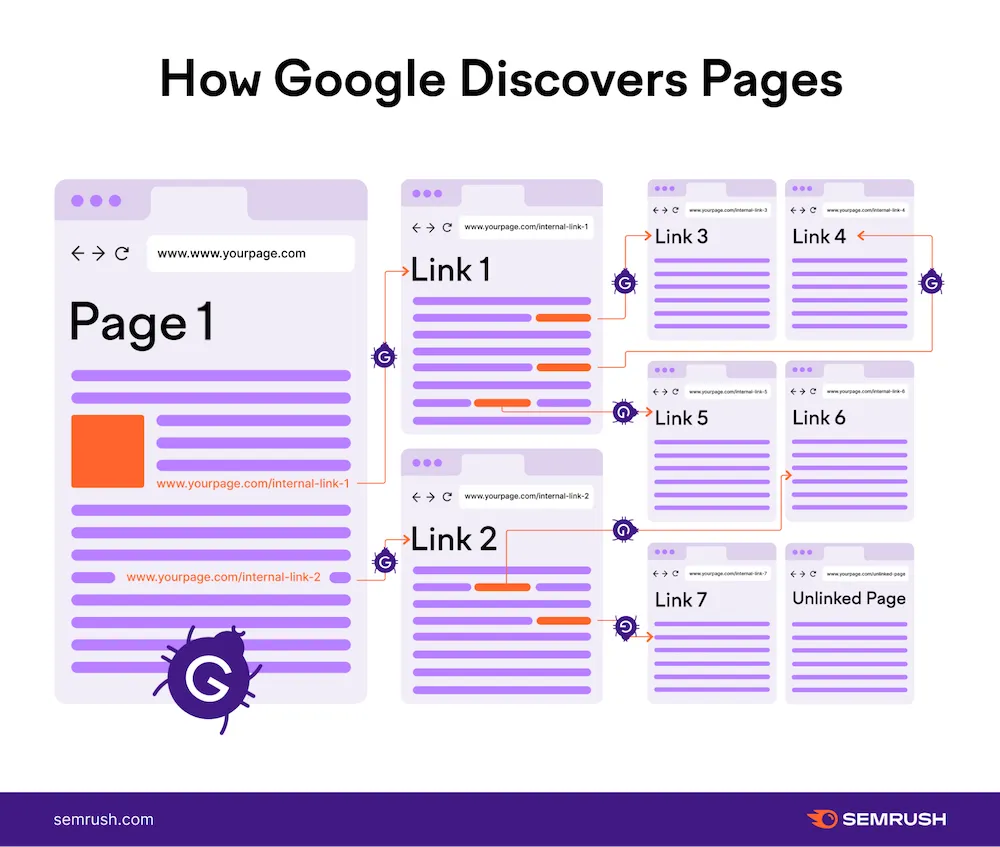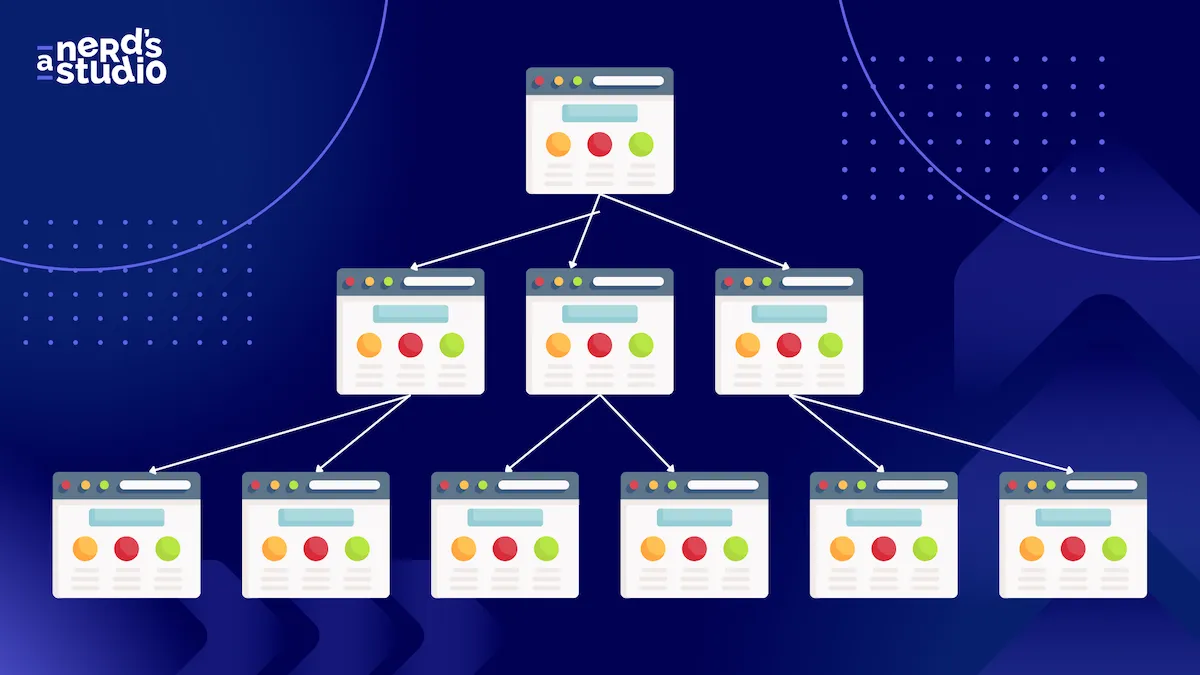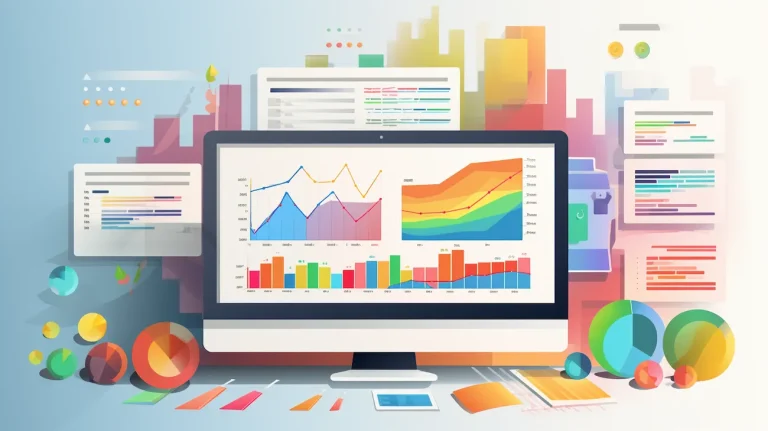Wondering why internal links are so important for on-page optimization?
Internal links play a crucial role in improving your website’s visibility and ranking.
How, you may ask?
Well, they help search engines understand your site’s structure and the connections between different pages. This makes it easier for them to discover and index your content.
But that’s not all! Internal links also pass authority from one page to another, boosting the importance of those linked pages.
In this article, I explained in detail why internal linking is important so that you can optimize your website and have a solid internal linking strategy.
My Takeaways
Brief on On-Page Optimization
How can you effectively optimize your on-page content?
On-page optimization is a crucial aspect of improving your website’s visibility and rankings in search engines. One important element of on-page optimization is internal linking.
Internal links are links that connect different pages within your website. They not only help search engines understand the structure of your site, but also indicate the relationship between different pages.
By implementing effective internal linking strategies, you can improve your website’s SEO benefits. Internal links pass authority (PageRank) to other pages on your site, contribute to the overall authority of your site, and help search engines find and index your pages.
Furthermore, internal links enhance user experience by guiding visitors to related content and encouraging desired actions.
Incorporating internal links in your on-page optimization efforts is essential for maximizing the visibility and ranking of your valuable pages.
Role of Internal Links
To understand the role of internal links in on-page optimization, you need to know how they contribute to the overall structure and visibility of your website.

Internal links play a crucial role in improving user engagement and guiding visitors to relevant content. They also help Google analyze the contextual relationship between pages through internal link analysis.
Here are three key points to consider:
Understanding Internal Links
Internal links are links that connect different pages within your website.
They serve the purpose of helping search engines understand the structure of your site and indicating the relationship between different pages.
Internal linking is crucial for improving the visibility and ranking of valuable pages, as well as enhancing the user experience by guiding visitors to related content.
Here are three reasons why internal links are important:
By strategically incorporating internal links throughout your website, you can enhance the user experience, drive users toward conversion, build a solid website architecture, and improve crawl efficiency.
Benefits of Internal Linking
The benefits of internal linking are numerous.
To enhance your audience’s navigation experience, internal links play a crucial role in guiding users through your website’s content. Here are three ways internal linking improves user navigation:
Enhanced Page Authority and Distribution

By strategically incorporating internal links, you can enhance the authority and distribution of your website’s pages.
Internal links play a crucial role in improving search visibility and increasing user engagement.
When you link relevant pages together, you signal to search engines the importance and relevance of those pages. This helps search engines understand the structure of your site and improves the overall authority of your website.
Internal links guide users to related content, allowing them to navigate your site easily and find the information they need.
By providing users with relevant and useful content, you increase user engagement and encourage them to stay on your site longer.
Decreased Bounce Rate
Internal links play a key role in decreasing bounce rate, which is crucial for increased engagement and conversion optimization.
Here are three benefits of internal linking in reducing bounce rate:
SEO Advantages of Internal Links
Firstly, they can boost your organic ranking by signaling the relevance and importance of specific pages to search engines.
Secondly, internal links provide keyword optimization opportunities by allowing you to anchor text with relevant keywords.
Lastly, internal links facilitate the indexing process by helping search engine crawlers discover and navigate your website more efficiently.
Boosting Organic Ranking
To improve your organic ranking and optimize your on-page SEO, internal links play a crucial role.
Internal links contribute to increasing page authority and improving user experience. Here are three reasons why internal links are essential for boosting your organic ranking:
Keyword Optimization Opportunities
Internal links provide an excellent opportunity to strategically incorporate keywords into your website’s content and improve your search engine rankings.
By linking relevant pages together using targeted anchor text, you can signal to search engines the importance and relevance of specific keywords on your site.
This not only helps search engines understand the context and topic of your content, but it also enhances the user experience by guiding visitors to related information.
Internal links also help distribute link equity throughout your site, strengthening important pages’ authority and search rankings.
Incorporating keyword research and thoughtful link-building into your internal linking strategy can significantly benefit your on-page optimization efforts.
Best Practices for Internal Linking

There are a few best practices you should keep in mind.
First, use relevant anchor text that accurately describes the linked page. This helps search engines understand the context of the link.
Second, maintain a balanced link distribution by linking to both important and less important pages on your site. This ensures that link authority is spread evenly throughout your website.
Lastly, prioritize essential pages by linking to them from multiple sources, such as the homepage or navigation menu, to ensure they receive sufficient link authority.
Relevant Anchor Text Usage
Using relevant anchor text is a crucial aspect of optimizing your internal links for on-page optimization. To ensure that you’re using anchor text effectively, consider the following strategies:
Balance in Link Distribution
Optimizing your internal link structure is essential for improving click-through rates and enhancing the overall user experience.
To achieve balance, distribute your internal links strategically across your website. Avoid overloading certain pages with too many links, which can confuse search engine crawlers.
Instead, aim for a well-distributed link structure that connects relevant pages and provides easy navigation for your audience.
Consider linking to important pages from your homepage or main menu, and use contextual links within your content to guide users to related articles or product pages.
Prioritizing Essential Pages
To optimize your internal linking strategy, prioritize essential pages by strategically linking them to relevant content throughout your website.
This will help increase page visibility and optimize your internal link structure. Here are three best practices for prioritizing essential pages:
Common Mistakes to Avoid
When it comes to internal linking, there are a few common mistakes you should avoid.
Over-optimization
Avoid falling into the trap of over-optimization when it comes to internal linking on your website. Over-optimization can have a negative impact on user experience and hinder your site’s performance. Here are three common mistakes to avoid:
Broken Links
One common mistake to watch out for when it comes to internal linking on your website is the presence of broken links.
Broken links can negatively impact user experience and harm your website’s SEO efforts.
When fixing broken links, it’s also important to consider the anchor text used in your internal links.
Anchor text provides context and helps search engines understand the relevance of the linked page. By using descriptive and keyword-rich anchor text, you can improve the visibility and ranking of your pages.
Irrelevant Linking
To ensure effective on-page optimization, it’s important to avoid irrelevant linking that can hinder the user experience and impact your website’s SEO efforts. Here are some common mistakes to avoid:
Tools to Assist with Internal Linking
Use tools like Semrush Site Audit to assist with internal linking. Internal linking tools provide valuable insights and analysis to optimize your internal linking strategy.
With these tools, you can conduct internal link analysis to identify broken links, pages with low internal link counts, and pages with excessive internal links.
Semrush Site Audit, for example, offers an Internal Linking score to evaluate your current structure, Pages Crawl Depth to assess accessibility and user experience, and Internal Link Distribution to measure how pages receive link juice.
By leveraging these tools, you can identify and fix internal link issues, improve crawl efficiency, and enhance the user experience.
Take advantage of these powerful tools to optimize your internal link strategy and boost your on-page optimization efforts.
Wrap-Up
Internal links are super important when it comes to optimizing your website!
They play a big role in helping search engines understand the structure of your site, index your pages, and give importance to the important ones.
Plus, they also make the user experience so much better by guiding visitors to related content and keeping them engaged.
So, if you want your website to be more visible and rank higher in search results, it’s time to focus on your internal linking strategy.
Make sure to follow best practices and avoid common mistakes to get the most out of your internal links.
Remember, a well-optimized website is a successful website. So, take action now and start optimizing your internal links for better results!







